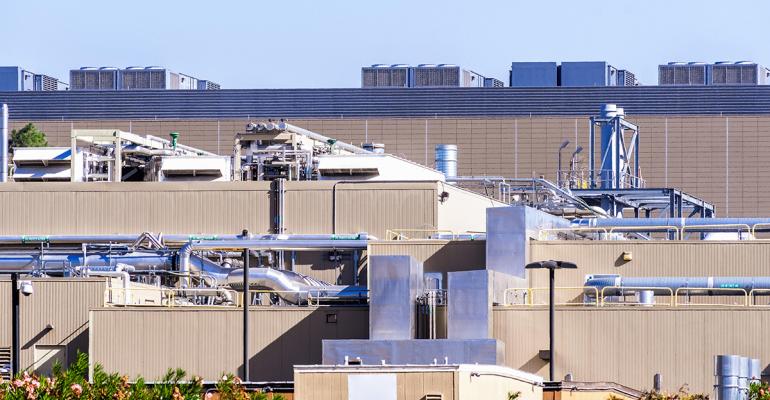As communities across the United States combat climate change at the local level, incentivizing energy-efficient changes has become a key area of focus. A new report from the World Economic Forum outlines the economic benefits of efficiency upgrades.
Streamlining efficiencies would boost economic growth by converting waste energy into production. A 31 percent reduction in energy intensity globally could save up to “$2 trillion in annual savings if measures were to be taken by 2030,” reads the report, “Transforming Energy Demand.” And to that end, “Finding a way to reduce or even reverse the pace of energy demand growth while supporting economic output is critical.”
The report finds that reducing energy consumption isn’t just affordable, it’s profitable. And with the global population expanding, it’s imperative that economies find ways to reduce and eventually reverse energy output while supporting economic growth.
“By 2050, the world’s population will grow by two billion, and GDP is forecast to double,” the report says. “Emerging markets and developing economies need abundant and low-cost energy to enable growth and meet development goals. Simultaneously, the world is targeting supply decarbonization. Acting on demand and supply simultaneously is the best way to achieve these changes.”
But while there’s incentive to transition to clean energy, there are hurdles standing in the way. Maintaining security and a stable supply of energy during the transition can be tricky, and upfront investment can be prohibitive. Reallocating previously wasted energy – or unnecessarily used energy – is one solution. Notably to local governments, researchers estimate that building energy intensity can be reduced by 38 percent globally.
“This sector represents about 30 percent of global energy demand and approximately one-third of global GHG emissions. This energy is used in construction, heating, and cooling (around 50 percent), lighting (around 20 percent), and operating appliances, and equipment installed in them (around 20 percent),” the report says. “Interventions have been identified that could reduce building energy intensity approximately by 38 percent, reducing overall global energy demand by 12 percent.”
Those interventions include electrification of heating, efficient HVAC equipment, whole building retrofits, digization of management systems, LED lighting, and old equipment upgrades.
Focusing on upgrading existing buildings is effective because, the report continues, 75 percent of buildings already in use today will still be standing in 2050.
While funding such upgrades is a difficult barrier for many organizations to overcome, the report notes that zero-interest energy efficiency programs, supporting energy-as-a-service models can be helpful. Helping to create a technically skilled workforce is also imperative.
“Designing lower-intensity buildings is a key part of the energy transition, as cities are expected to grow around 50 percent by 2050,” the report notes. “Key aspects of green building design include the use of lower-intensity materials, high levels of insulation to allow for passive heating, design to align buildings for maximum natural light absorption, as well as electrified heating and cooling.”
These features can reduce building operational costs by 40 percent.
For more information and to review the report in its entirety, visit the World Economic Forum’s website.
This article originally appeared in American City and County





